The word "Bonjour" is universally recognized as a friendly French greeting meaning "hello." However, in the realm of computing, Bonjour has a far more significant and technical meaning. It is a powerful networking technology developed by Apple that allows devices and applications to discover each other automatically on a local network without any manual configuration.
In essence, Bonjour is the magic that makes your devices "see" each other and communicate seamlessly.
What is Bonjour? The Technical Core
At its heart, Bonjour is Apple's implementation of a suite of zero-configuration networking (zeroconf) protocols. Its official technical name is Multicast DNS (mDNS) and DNS-Based Service Discovery (DNS-SD).
Let's break that down:
-
Zero-Configuration: This is the key feature. You don't need to set up IP addresses, assign names, or fiddle with complex network settings. Bonjour handles everything automatically.
-
Multicast DNS (mDNS): In a traditional network, a DNS server translates a name (like
www.example.com) to an IP address. Bonjour uses mDNS to do this on a local network without a central DNS server. Devices broadcast their names and addresses to the entire local network, and other devices listen for these broadcasts. -
DNS-Based Service Discovery (DNS-SD): This protocol builds on mDNS. It doesn't just find devices; it finds the services they offer. It answers the question: "What can I do on this network?" For example, it can discover which computers have printers, which are sharing files, or which have media servers.
How Does Bonjour Work in Practice?
Bonjour works by allowing a device to announce its presence and the services it provides to the network. Other devices listen for these announcements and compile a list of available services.
A classic example is air printing:
-
You turn on a network-capable printer.
-
The printer uses Bonjour to broadcast a message on the network: "Hello, I am
Office_HP_Printerand I offer printing services!" -
Your MacBook or iPhone hears this announcement.
-
When you go to print a document, your computer's print dialog automatically shows
Office_HP_Printerin the list of available printers. No IP address to enter, no drivers to manually locate (in most cases).
Common Uses and Applications
Bonjour is the invisible engine behind many convenient features, especially within the Apple ecosystem:
-
AirPrint: As mentioned, for discovering and using printers.
-
AirPlay: For discovering Apple TVs and other AirPlay-compatible speakers and displays.
-
File Sharing: Macs can see other Macs in the Finder sidebar under "Shared" for easy file access.
-
Screen Sharing: Connecting to another Mac's screen remotely is often simplified by Bonjour.
-
iTunes/Music Library Sharing: Allows you to share your music library across computers on the same network.
-
Third-Party Apps: Many applications like chat clients (Pidgin), media servers (Plex), and development tools use Bonjour to discover other instances of themselves or compatible services.
Bonjour on Windows and Other Platforms
While developed by Apple, Bonjour is not exclusive to macOS and iOS. Apple provides "Bonjour for Windows" (often installed silently with iTunes or other Apple software) to allow Windows PCs to participate in these same zero-configuration networks. Similarly, many Linux distributions have implementations of the same mDNS/DNS-SD standards (such as Avahi), which makes them interoperable with Bonjour networks.
Troubleshooting and Security
-
Troubleshooting: If Bonjour services aren't appearing, the most common cause is a network issue. Devices must be on the same local subnet (typically the same Wi-Fi network). Sometimes, restrictive firewalls or certain network router settings can block the mDNS traffic (port 5353).
-
Security: Bonjour is designed for trusted local networks. The services it discovers are not inherently exposed to the public internet. However, it does announce device and service information to everyone on the local network. In a public Wi-Fi setting, this could be a minor privacy concern, as it reveals the type of devices you are using. For this reason, it's always best to use such features on trusted, private networks.
Conclusion
Bonjour transforms the "Bonjour" from a simple greeting into a sophisticated introduction between devices. It removes the technical barriers of networking, making our increasingly connected lives simpler and more intuitive. The next time your phone finds your printer or your laptop sees a shared screen without any effort on your part, you'll know the silent, efficient work of Bonjour is happening behind the scenes.
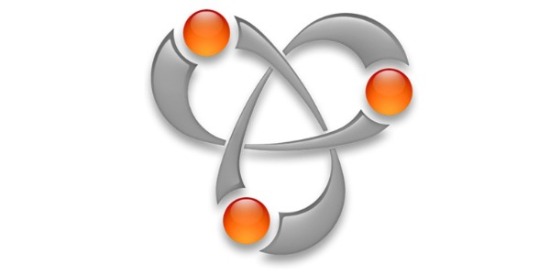
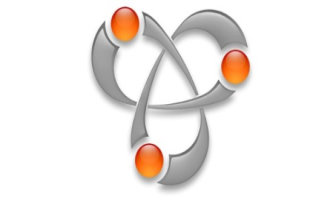
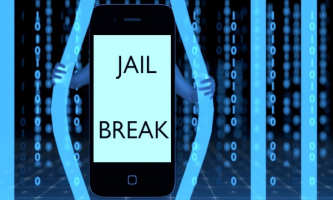
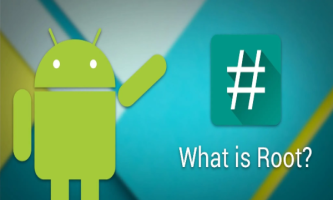


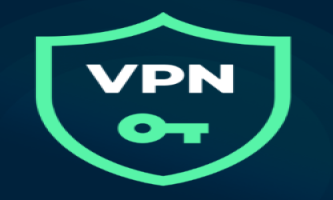
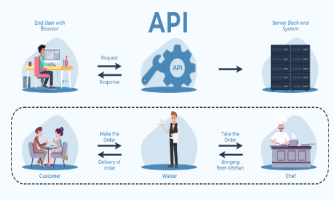
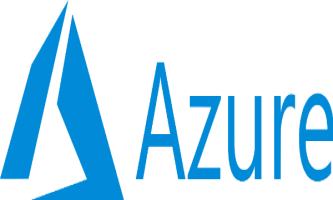
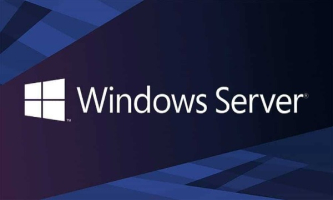

Comments powered by CComment